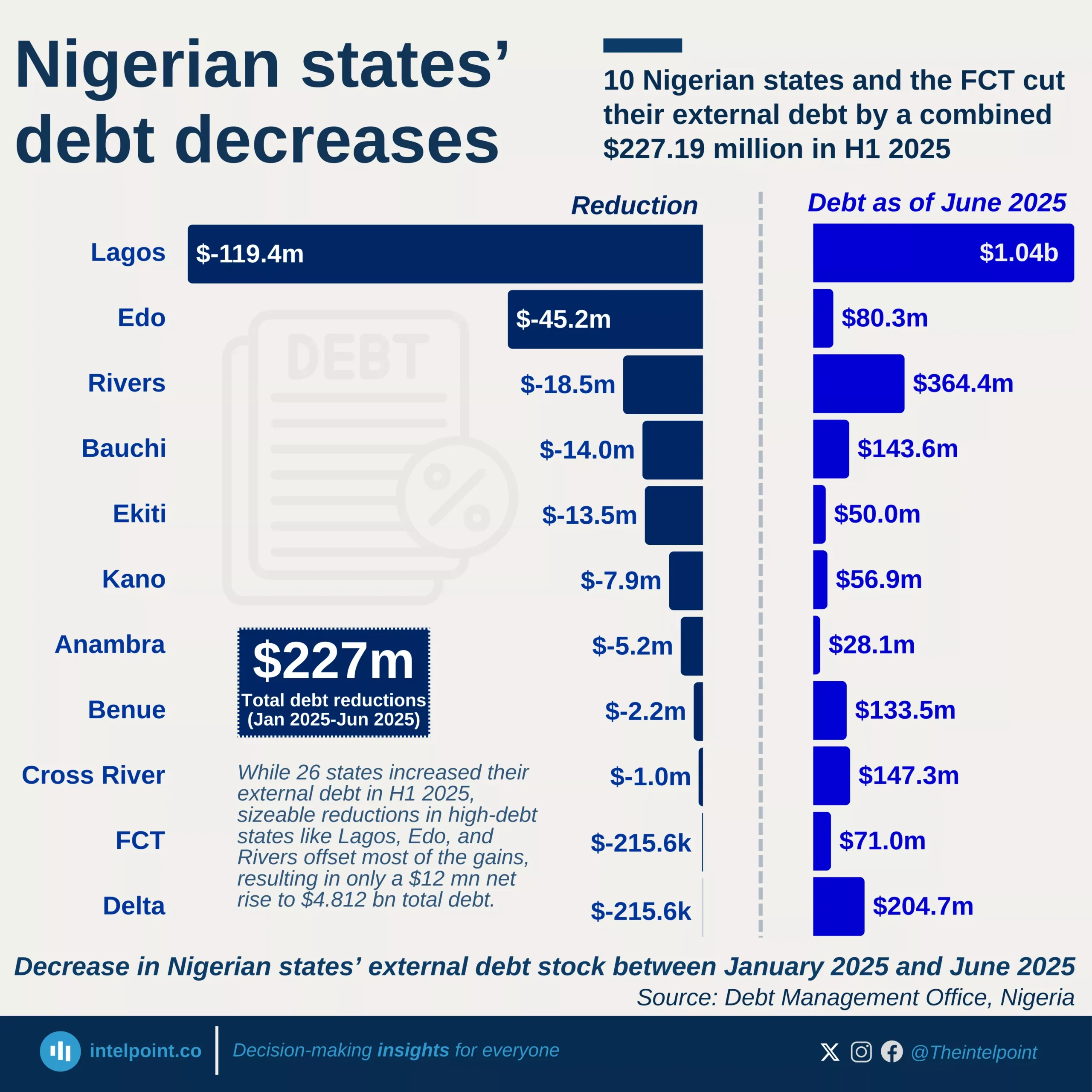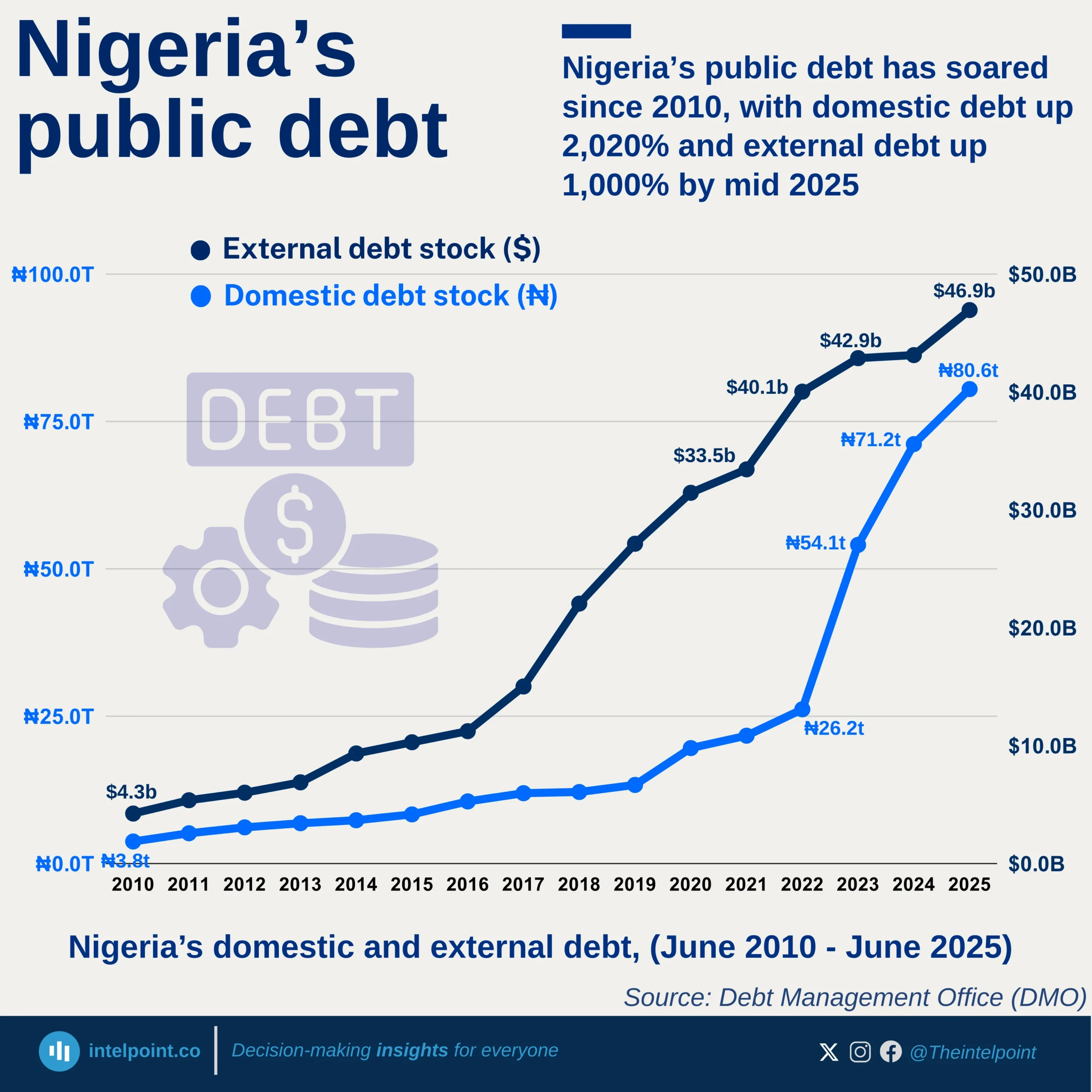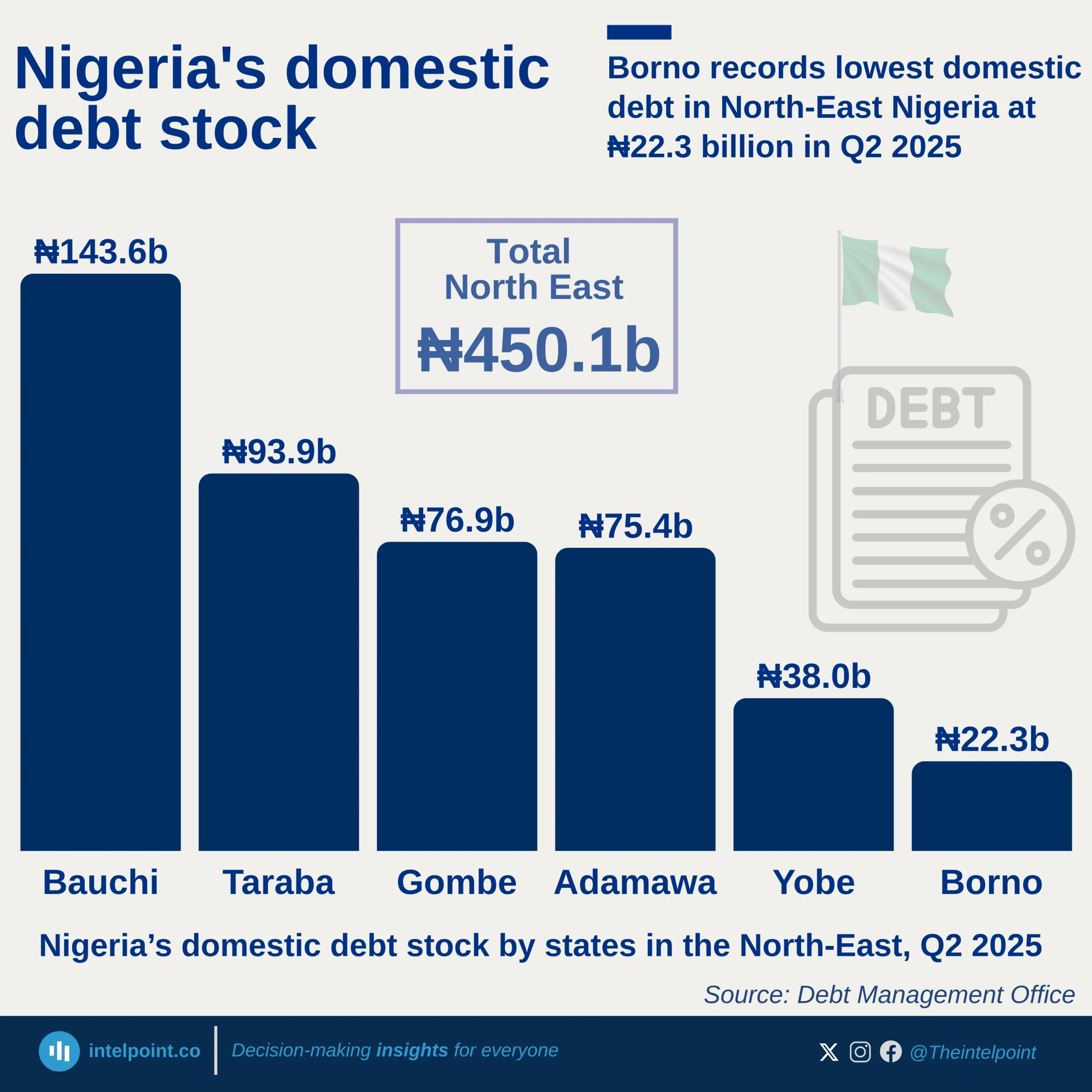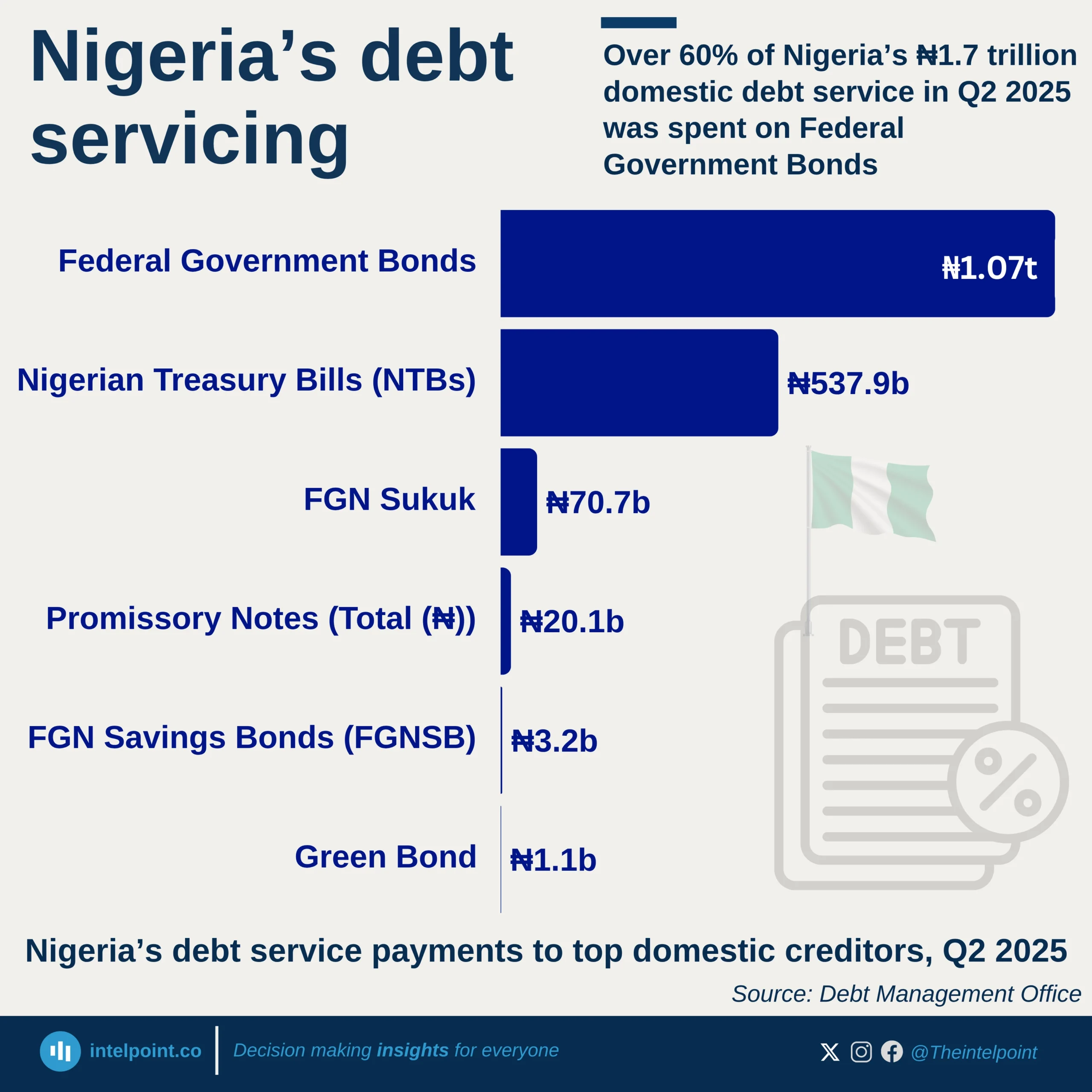Key Takeaways:
Over two years, South Africa has steadily reduced its outstanding debt to the International Monetary Fund (IMF). Beginning with an outstanding balance of SDR 3.05 billion in March 2023, the country maintained this level throughout the first three quarters of that year.
However, from December 2023 onward, South Africa began making regular quarterly repayments of SDR 381.4 million. By March 2025, the country’s IMF debt had fallen to SDR 762.8 million, representing a reduction of more than 75%.





